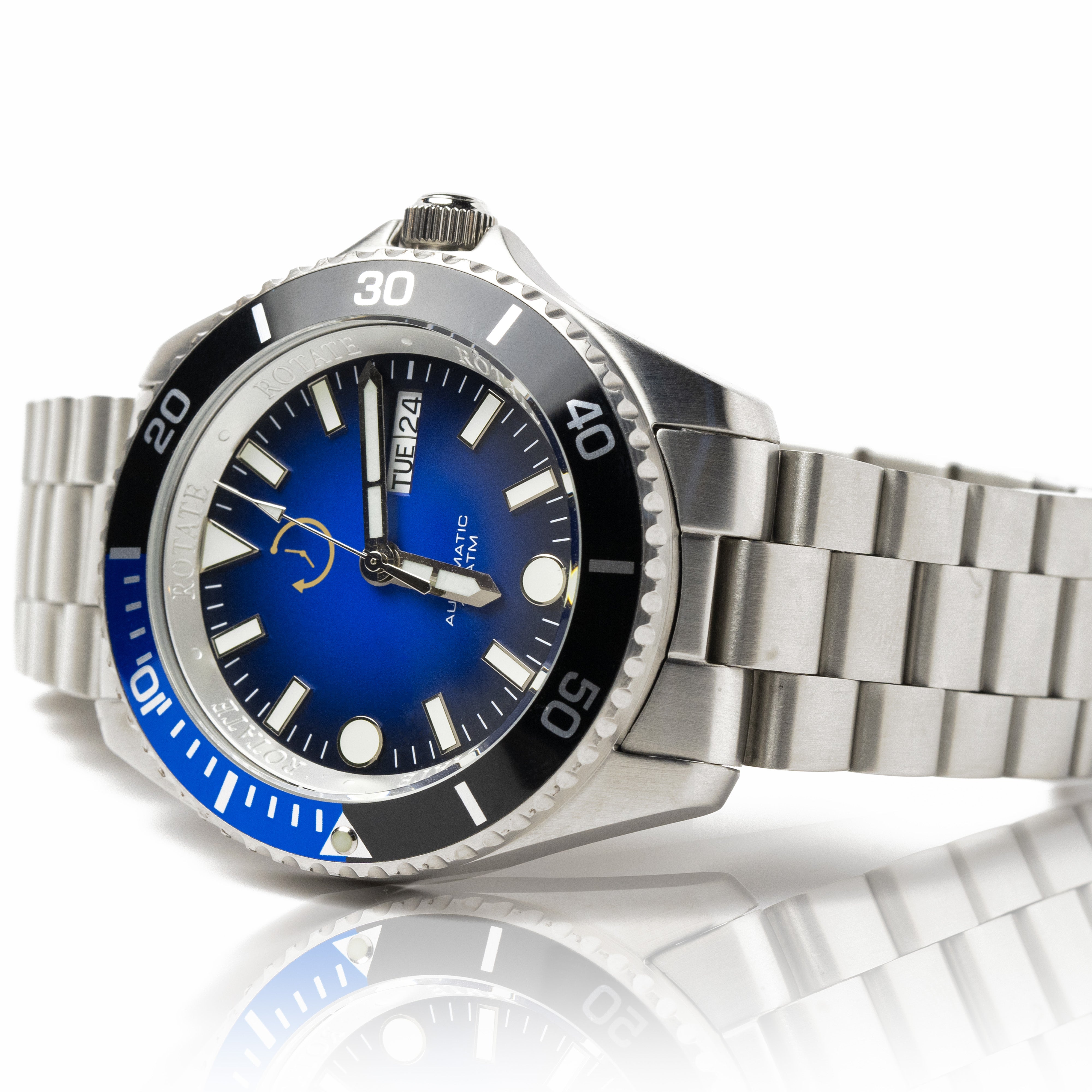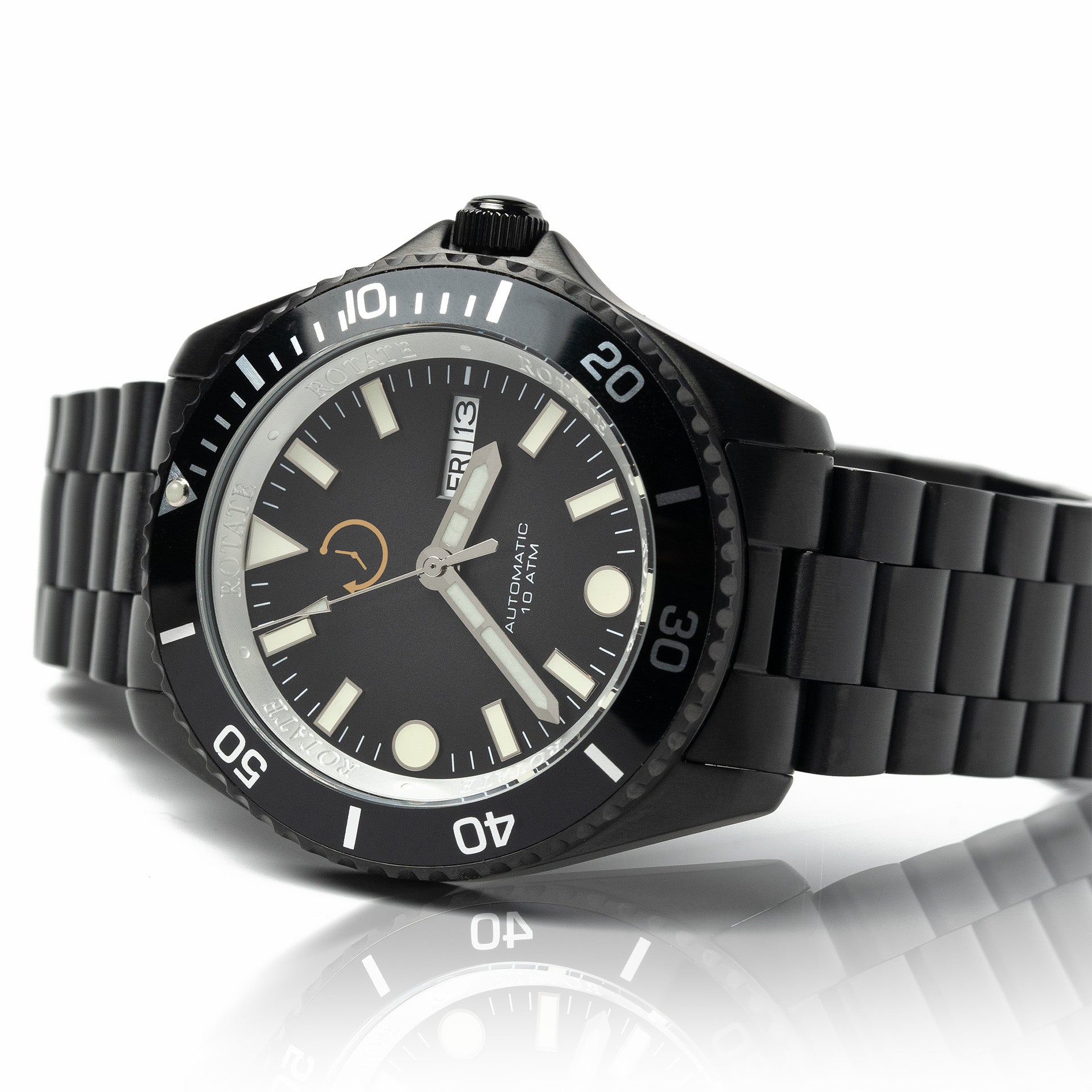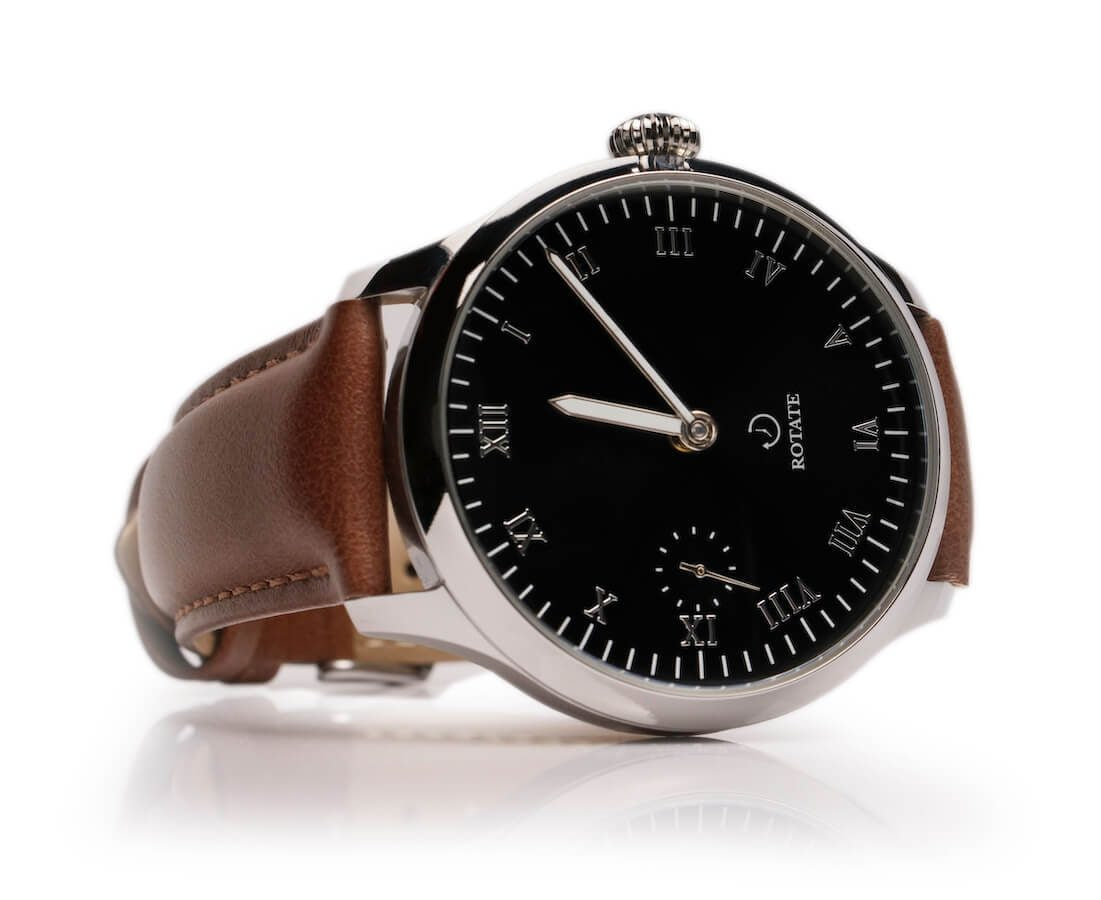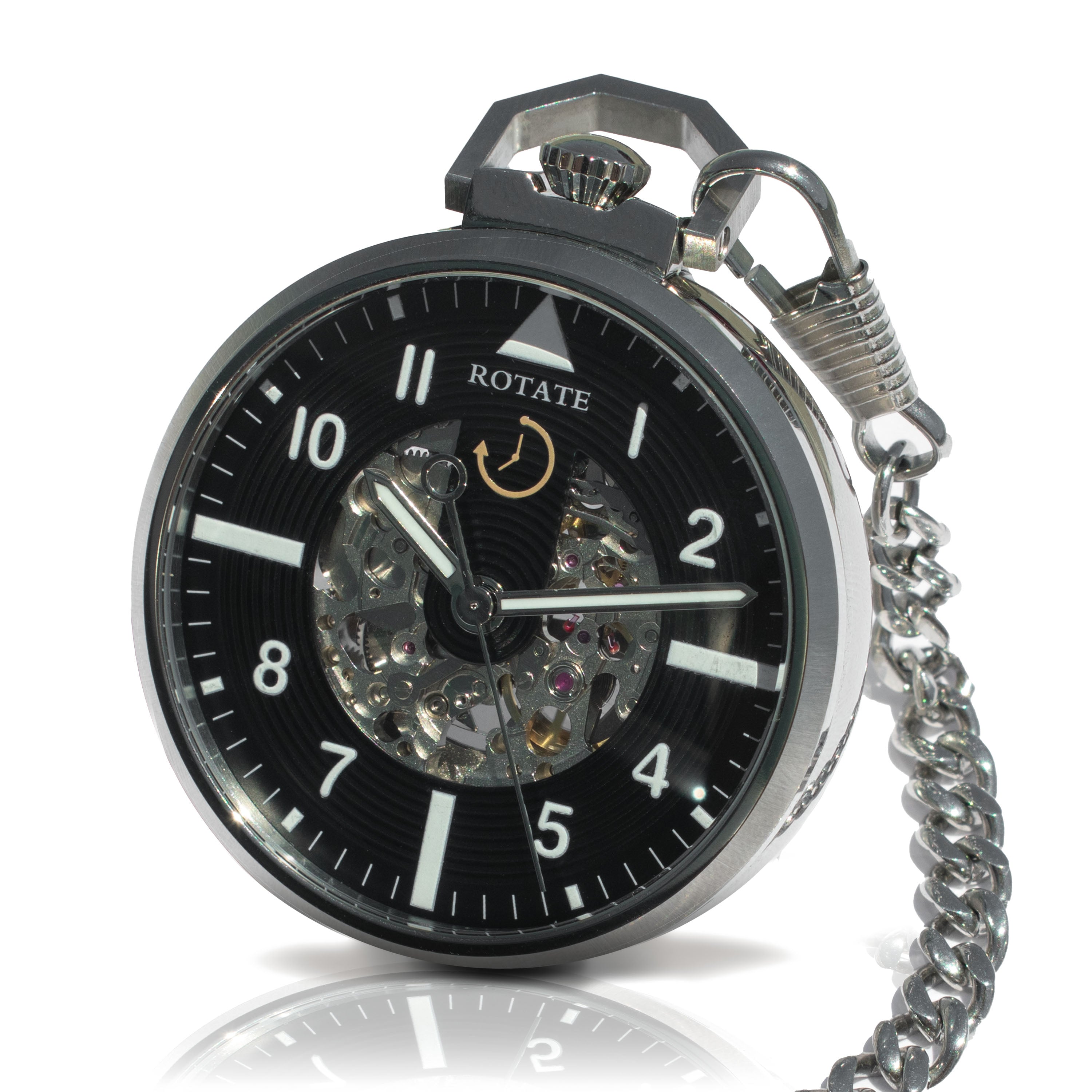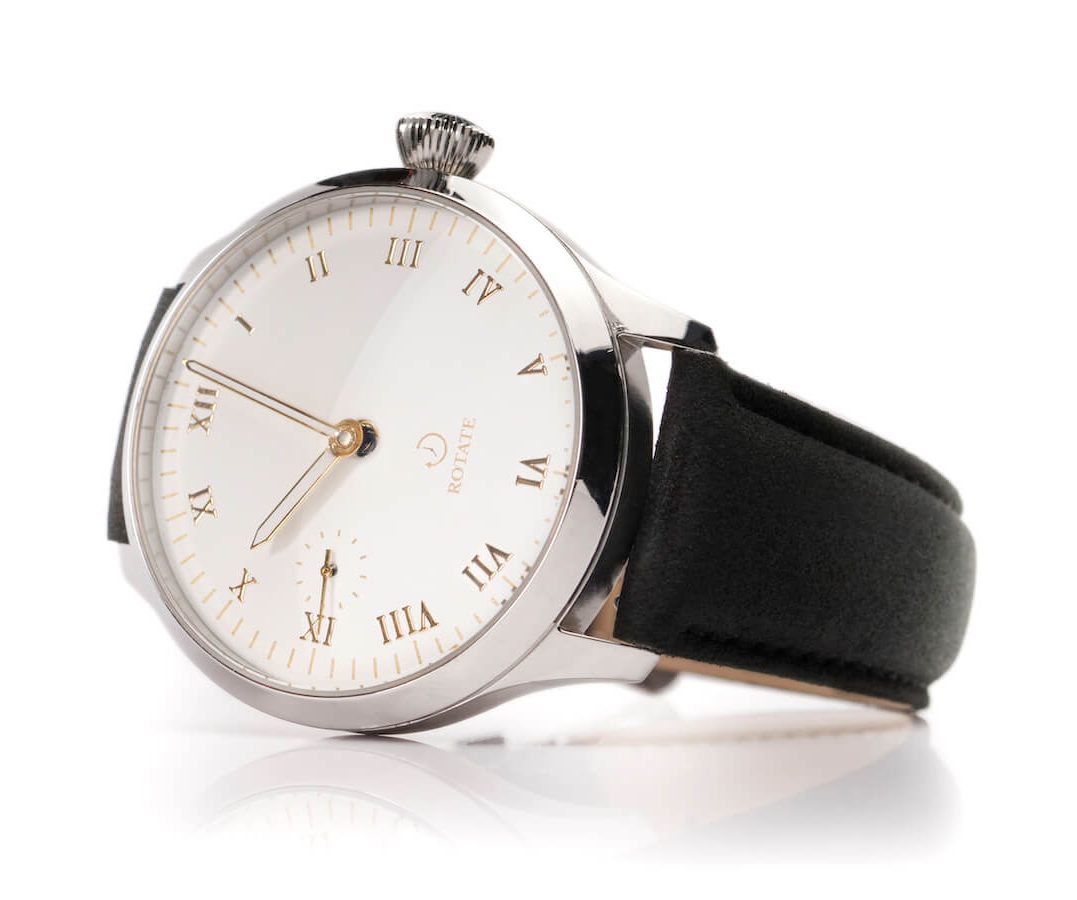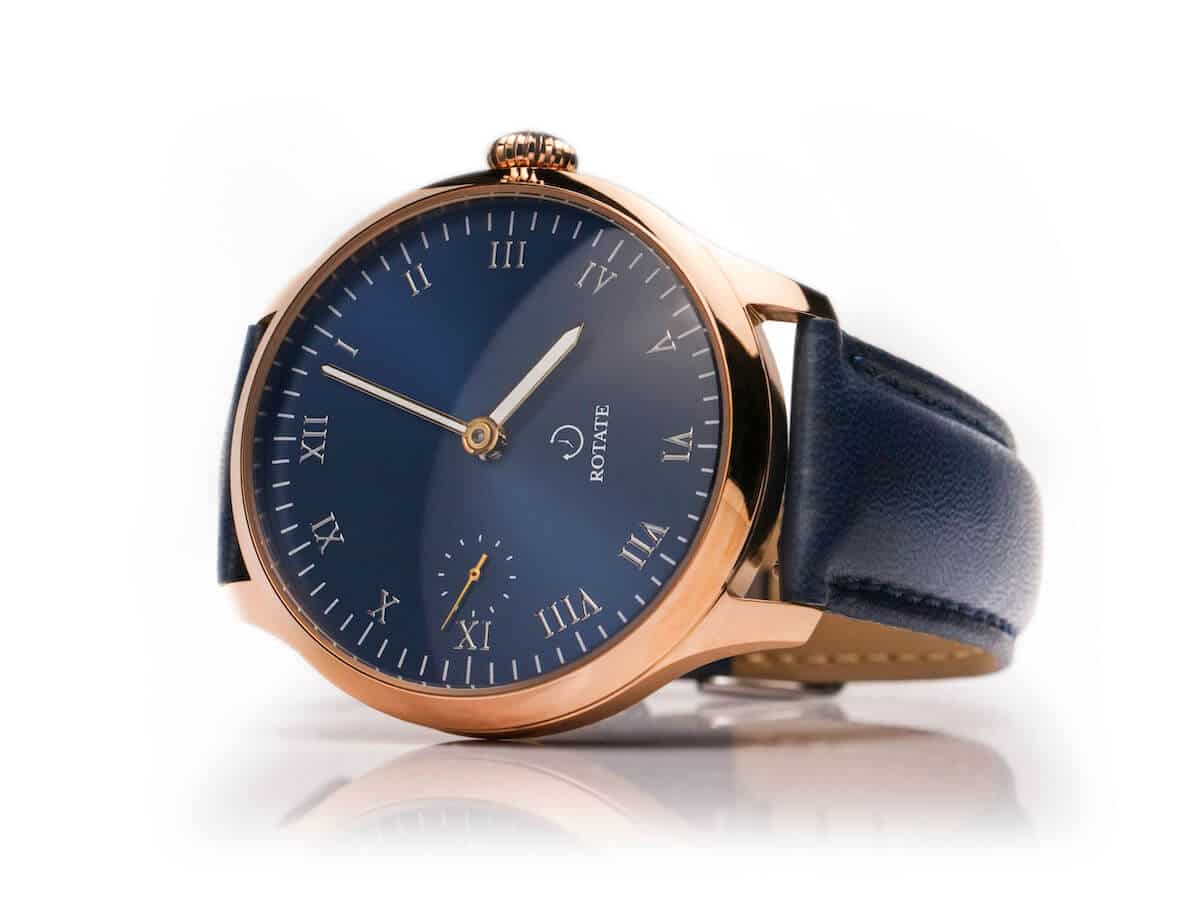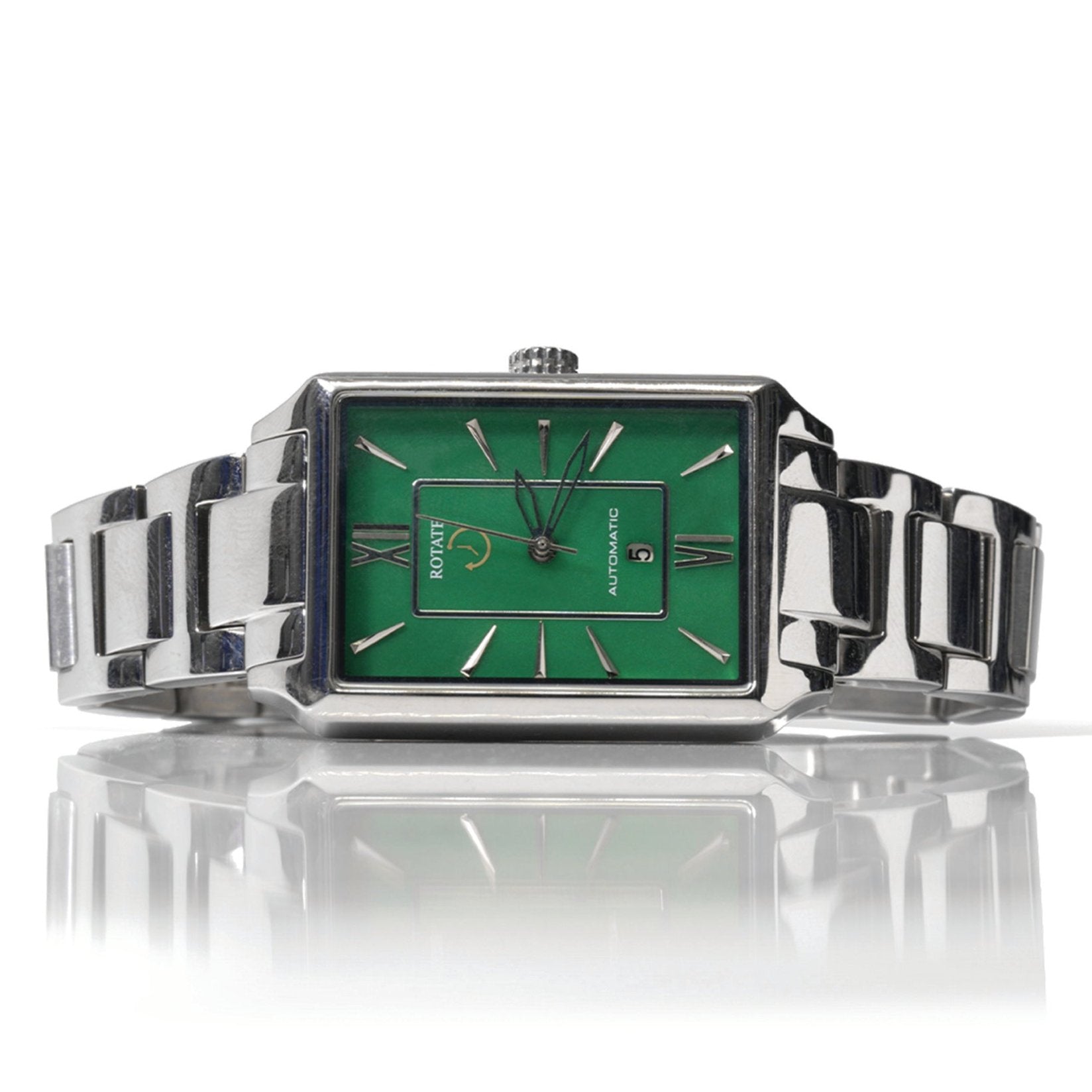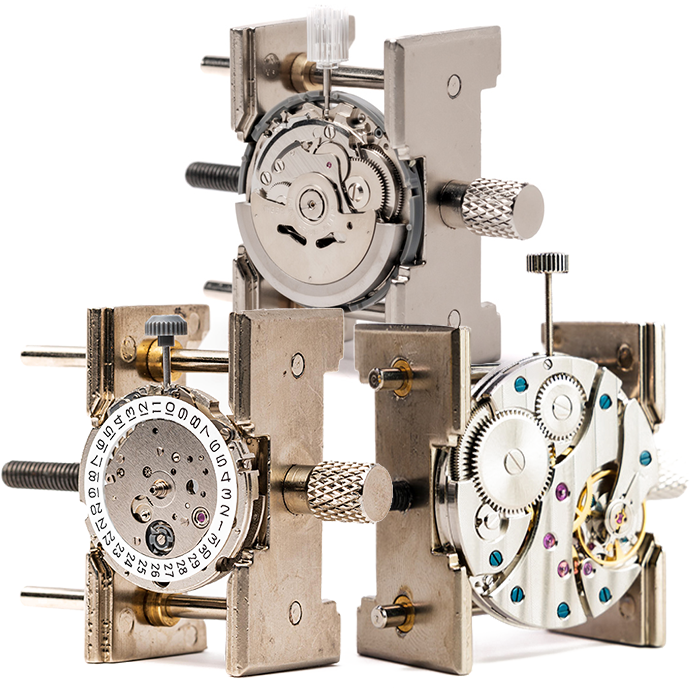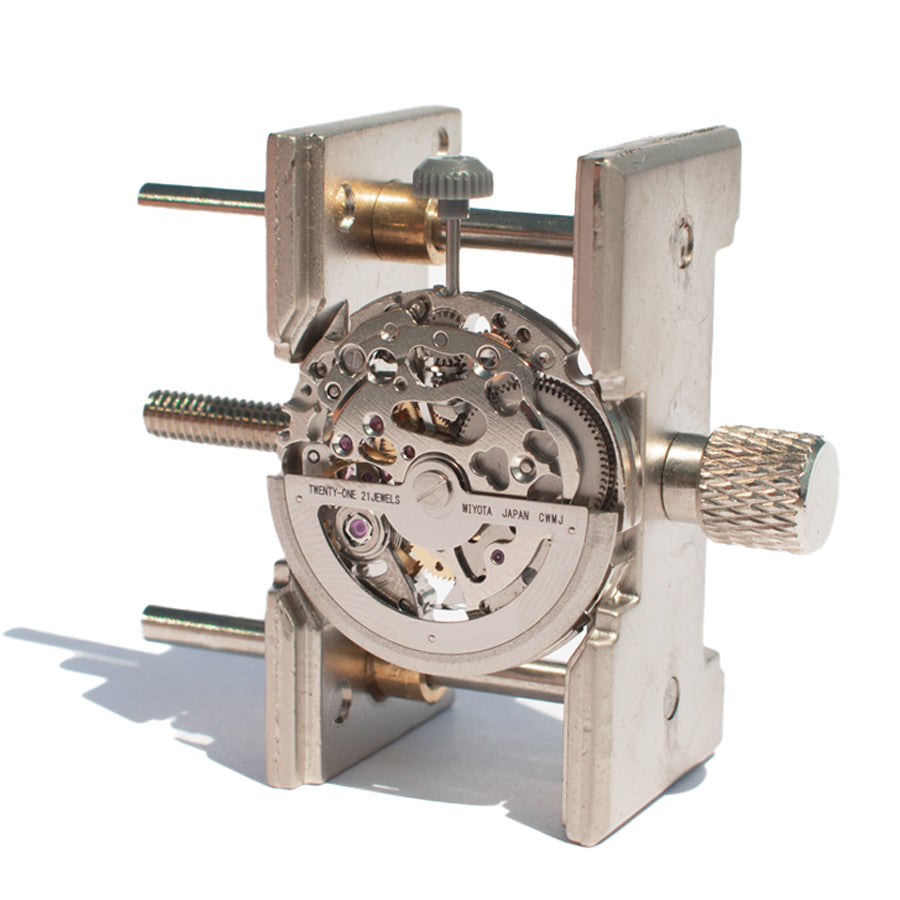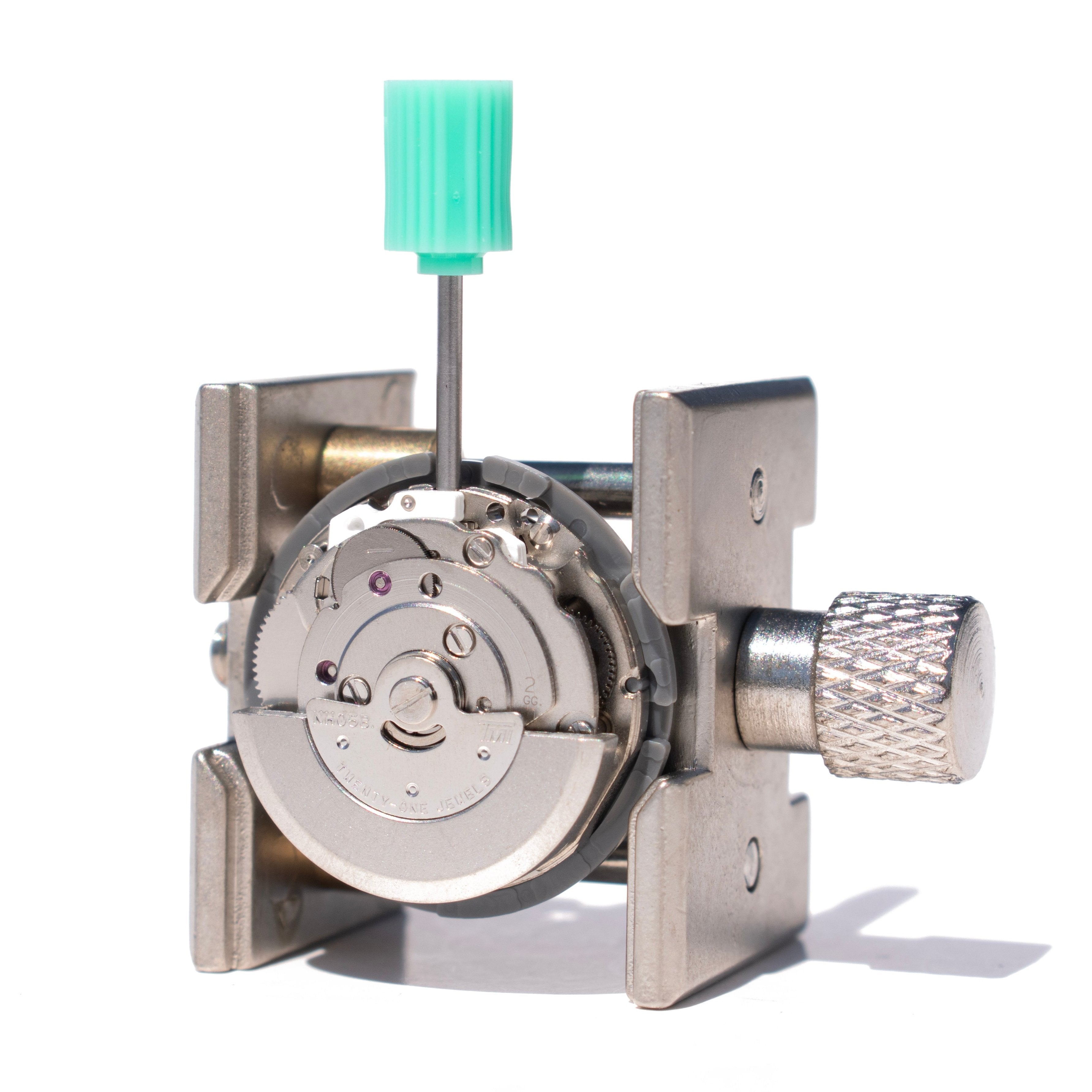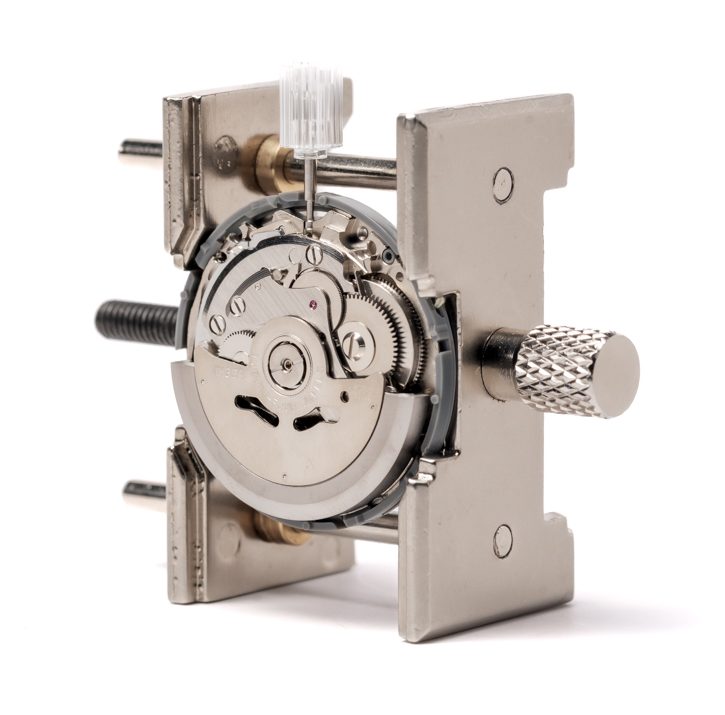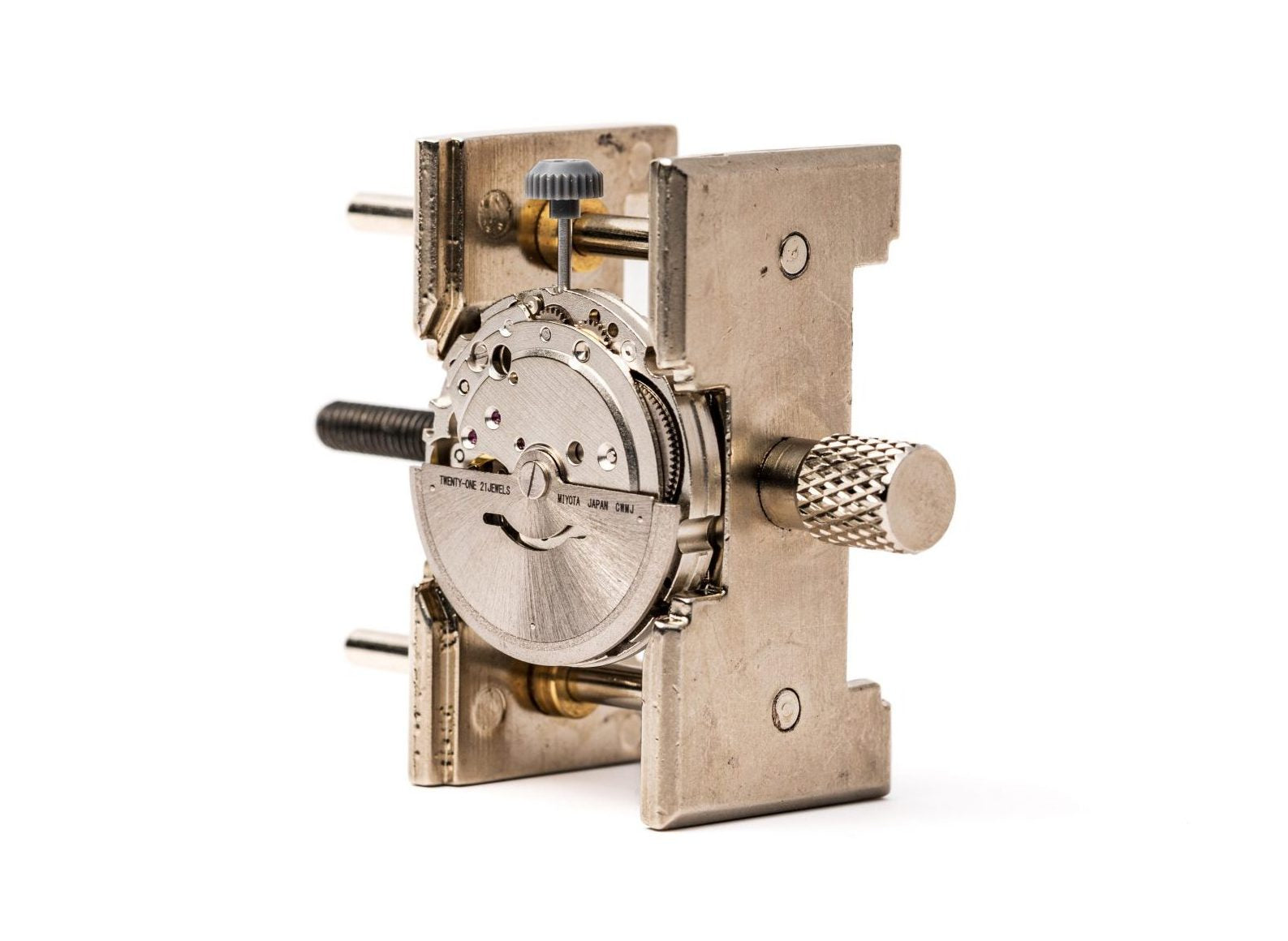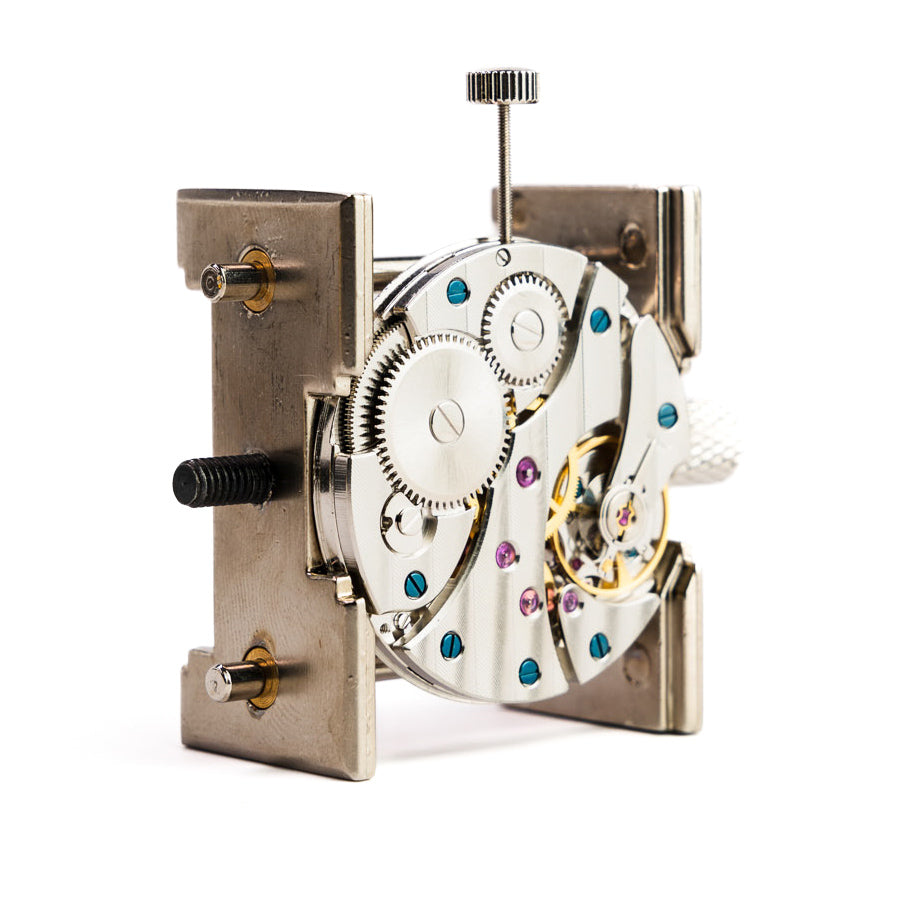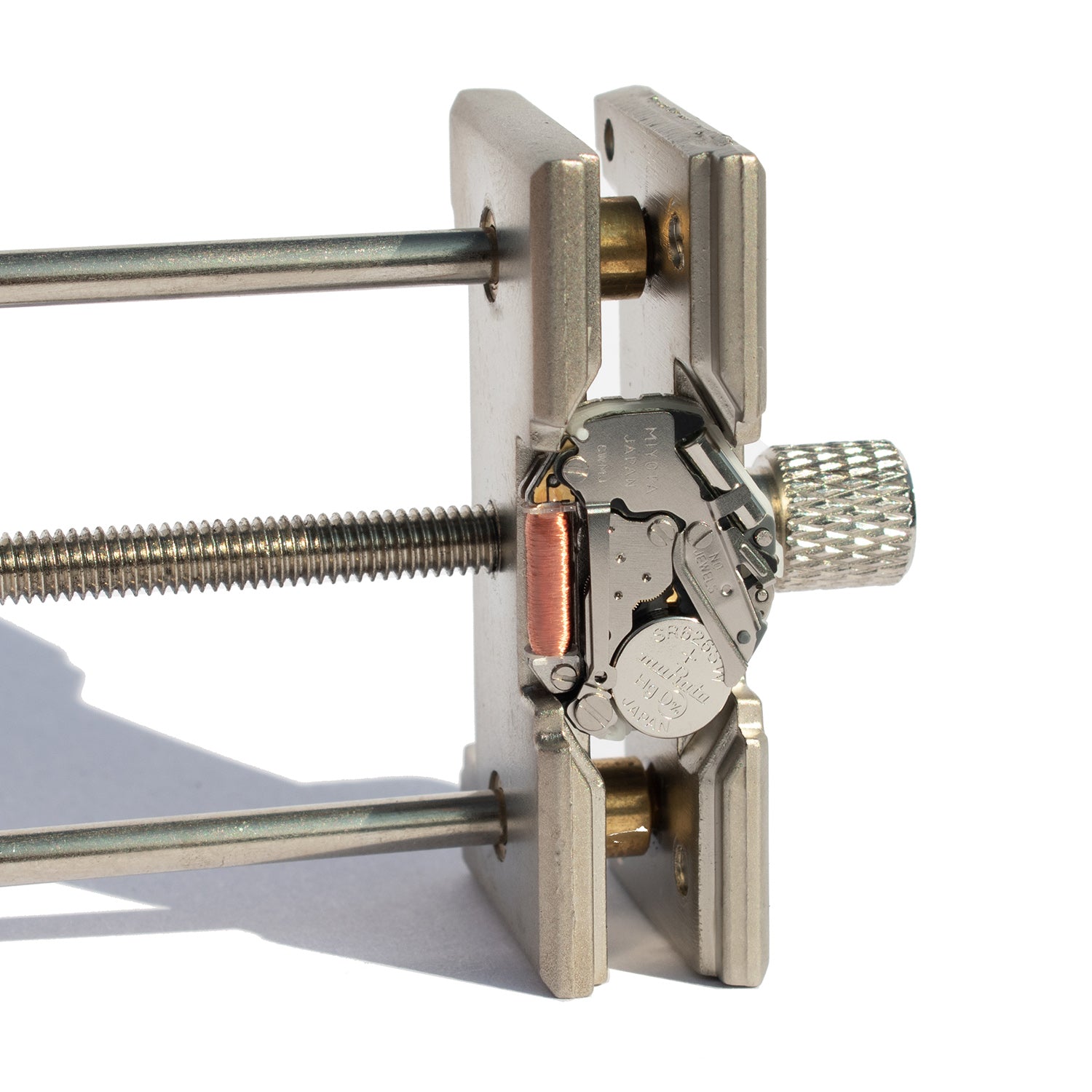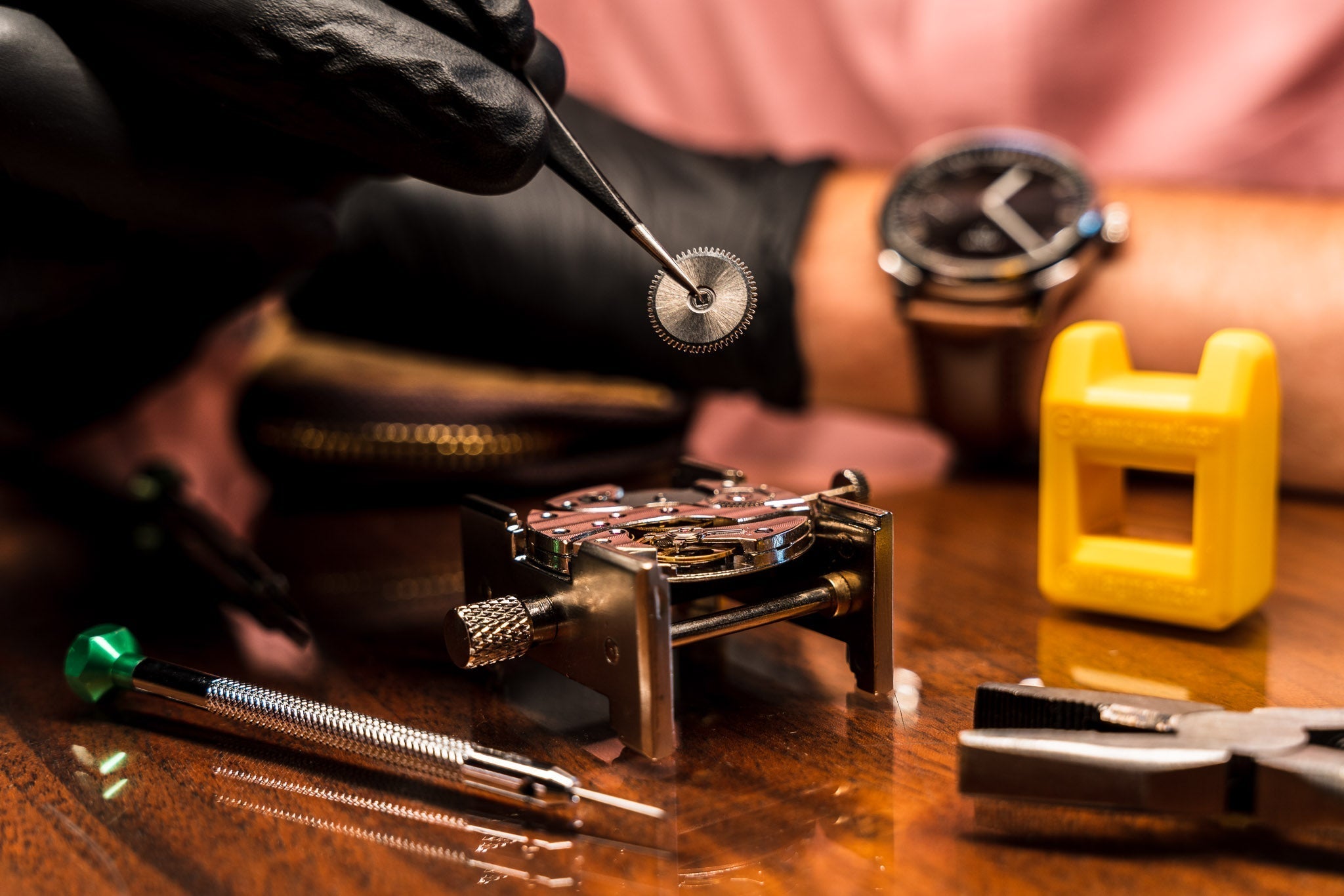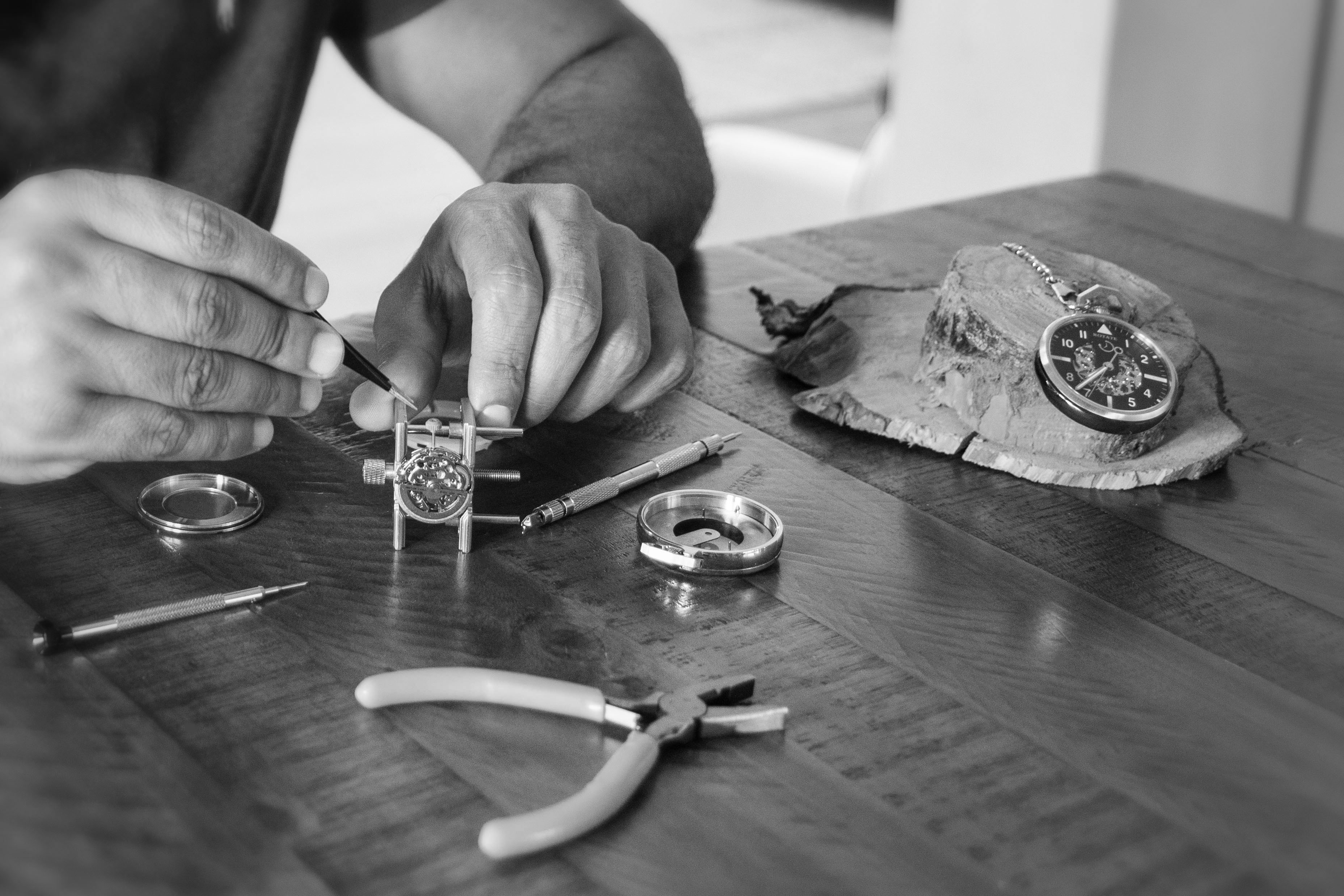
The Anatomy of a Watch: Understanding the Components
Watches have been around for centuries, helping us stay on schedule and make a statement with our style. But have you ever stopped to think about what actually goes into making a watch work? Let's take a closer look at the parts of a watch explained clearly and simply.
Components and Parts of a Watch
1. Case and Crystal
The case is the outer shell that shields the delicate watch components from damage. It's commonly made of stainless steel, titanium, or even gold. Covering the dial is the crystal, crafted from materials like mineral glass or sapphire crystal, which allows you to see the time while protecting the inside. Together, these two components of a watch not only keep it safe but also enhance how it looks on your wrist.
2. Dial
The dial-often referred to as the face of the watch-is where the time is displayed. It includes the hour markers, hands, and often extra features like a date window. Whether you're into sleek minimalism or ornate designs, the dial plays a big role in giving your wrist watch its personality. Every detail on the dial is part of the essential parts of a wrist watch that shape its look and function.
3. Movement
At the heart of every timepiece lies the movement, which powers the hands and all other features. When talking about the most critical watch components, the movement stands out.
-
Mechanical movement depends on gears, levers, and springs. It's driven by craftsmanship and comes in two types: manual (needs winding) and automatic (winds itself using your wrist's motion).
-
Quartz movement runs on battery power. It uses a quartz crystal to keep precise time and is known for being dependable and low maintenance.
The movement is one of the most fascinating components of a watch, combining science and artistry in a compact mechanism.
4. Hands and Indices
Watch hands show the time, while indices (or hour markers) help you read it. Shapes and styles vary widely-from sharp and modern to classic Roman numerals. Many watches include glow-in-the-dark features, which are especially handy at night. These small details are subtle but important parts of a wrist watch that contribute to both function and design.
5. Crown
The crown is the tiny knob you'll find on the side of most watches. You can use it to set the time, adjust the date, or even wind the movement in mechanical watches. Some crowns screw down to protect against water damage, making them both practical and stylish. It's one of the underrated parts of a watch that serves a big purpose in day-to-day use.
6. Bracelet or Strap
Whether you prefer leather, rubber, fabric, or metal, the strap holds everything in place. A leather band might give your wrist watch a dressy vibe, while a steel bracelet adds a more rugged look. The bracelet or strap is a key part of the overall feel of the watch and one of the more visible watch components that reflects your personal style.
Understanding the various parts of a watch explained here helps you not only pick the right timepiece, but also appreciate the craftsmanship that goes into it. Each of these components of a watch is engineered to work together in perfect harmony, turning simple timekeeping into a wearable work of art.
FAQs
Q1: What is a "complication" in horology? A complication refers to any function a watch performs beyond simply telling the time. These can include calendars, chronographs (stopwatches), moon phases, or power reserve indicators.
Q2: How do I choose the right watch size for my wrist? Start by measuring your wrist. Look for a case diameter and lug-to-lug distance that sits comfortably. A watch that fits properly will neither look too big nor too small.
Q3: Why does the dial design matter? The dial affects both style and legibility. Color schemes, fonts, markers, and layout all change how easy the watch is to read and how it complements your outfits.
Q4: What's the significance of different watch hands? Each hand-hour, minute, and second-can vary in design and length. Some include luminous paint for nighttime visibility, while others prioritize design aesthetics.
Q5: My watch has stopped working. What are the first steps to troubleshoot it?
-
Check that the crown is fully pushed in
-
If it's a mechanical watch, try winding it
-
If it's a quartz model, replace the battery
-
For bigger issues, consult a watch repair guide or specialist
Q6: What is a watch made of? A watch is typically made up of several key parts of a watch, including the case, dial, movement, hands, crystal, crown, and strap. Materials range from metals like stainless steel and gold to sapphire glass, leather, and rubber. All these watch components work together to create a functioning and stylish wrist watch.

